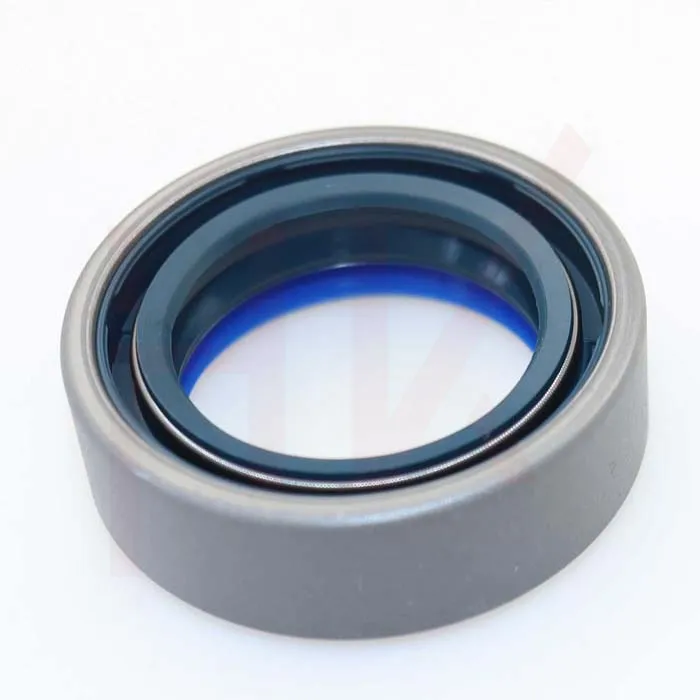ડીસેમ્બર . 02, 2024 06:45 Back to list
hydraulic cylinder seal replacement
Hydraulic Cylinder Seal Replacement A Comprehensive Guide
Hydraulic cylinders are essential components in various machinery and equipment, providing the force necessary to perform tasks ranging from lifting heavy loads to steering and maneuvering vehicles. However, over time, the seals within hydraulic cylinders can wear out due to constant exposure to high pressures, extreme temperatures, and various fluids. A seal failure can lead to reduced efficiency, leakage, and ultimately, costly repairs or downtime. Therefore, understanding the process of hydraulic cylinder seal replacement is crucial for maintaining the integrity and performance of hydraulic systems.
Understanding Hydraulic Cylinder Seals
Hydraulic cylinders typically contain several types of seals, each fulfilling a specific purpose. These include rod seals, piston seals, and guide rings. Rod seals are responsible for preventing fluid leakage from the cylinder along the rod, while piston seals ensure a tight seal between the piston and the cylinder wall. Guide rings help to stabilize the piston and reduce friction during operation. When any of these seals fail, it can result in decreased hydraulic pressure and system performance, making timely replacement essential.
Signs of Seal Failure
Recognizing the signs of seal failure is the first step in maintaining hydraulic equipment. Common indicators include
1. Fluid Leaks Visible oil or hydraulic fluid around the cylinder is often the first sign of a failing seal. Leaks can occur externally or internally, reducing efficiency and causing environmental hazards.
2. Decreased Performance A noticeable drop in the speed or power of hydraulic movements may indicate that seals are worn and unable to maintain proper hydraulic pressure.
3. Noisy Operation Unusual noises, such as grinding or hissing, can suggest inadequate sealing and increased friction within the cylinder.
4. Pressure Fluctuations Inconsistent pressures in the hydraulic system can result from ineffective seals, leading to erratic device performance.
The Replacement Process
hydraulic cylinder seal replacement

Replacing hydraulic cylinder seals requires careful attention to detail to ensure the reliability and performance of the system. Here’s a step-by-step guide to the process
1. Safety First Before beginning any work on hydraulic systems, ensure that the machinery is powered down and depressurized. Use appropriate personal protective equipment (PPE).
2. Disassemble the Cylinder Carefully remove the hydraulic cylinder from the machine. Use a suitable tool to take apart the cylinder, often requiring a torque wrench to avoid damaging components. Be cautious with retaining rings and fasteners.
3. Inspect Components Once disassembled, inspect all components for wear and damage. This includes the cylinder barrel, piston, and rod. Any damaged parts should be replaced to prevent future issues.
4. Remove Old Seals Use a seal removal tool to extract the old seals from their respective grooves. Be gentle to avoid scratching the surfaces, which can lead to new seals failing prematurely.
5. Install New Seals Clean the sealing surfaces thoroughly before installing the new seals. Ensure that you are using the correct type and size of seals for your specific hydraulic cylinder. Install the seals carefully, making sure they sit uniformly in their grooves.
6. Reassemble the Cylinder Once the new seals are in place, reassemble the hydraulic cylinder, ensuring that all components are properly aligned and secured.
7. Testing After reassembly, it's essential to test the hydraulic cylinder under pressure to verify that it operates correctly without leaks. Monitor for any unusual sounds or performance issues.
Conclusion
Regular maintenance and timely replacement of hydraulic cylinder seals can significantly enhance the lifespan and performance of hydraulic systems. By understanding the signs of seal failure and following a systematic approach to replacement, operators can ensure the efficiency and reliability of their machinery. Whether you're a seasoned technician or a DIY enthusiast, mastering hydraulic cylinder seal replacement is a valuable skill that pays off in improved system performance and reduced operational costs.
-
TCN Oil Seal Metal Ring Reinforcement for Heavy Machinery
NewsJul.25,2025
-
Rotary Lip Seal Spring-Loaded Design for High-Speed Applications
NewsJul.25,2025
-
Hydraulic Cylinder Seals Polyurethane Material for High-Impact Jobs
NewsJul.25,2025
-
High Pressure Oil Seal Polyurethane Coating Wear Resistance
NewsJul.25,2025
-
Dust Proof Seal Double Lip Design for Construction Equipment
NewsJul.25,2025
-
Hub Seal Polyurethane Wear Resistance in Agricultural Vehicles
NewsJul.25,2025
-
The Trans-formative Journey of Wheel Hub Oil Seals
NewsJun.06,2025
Products categories
















